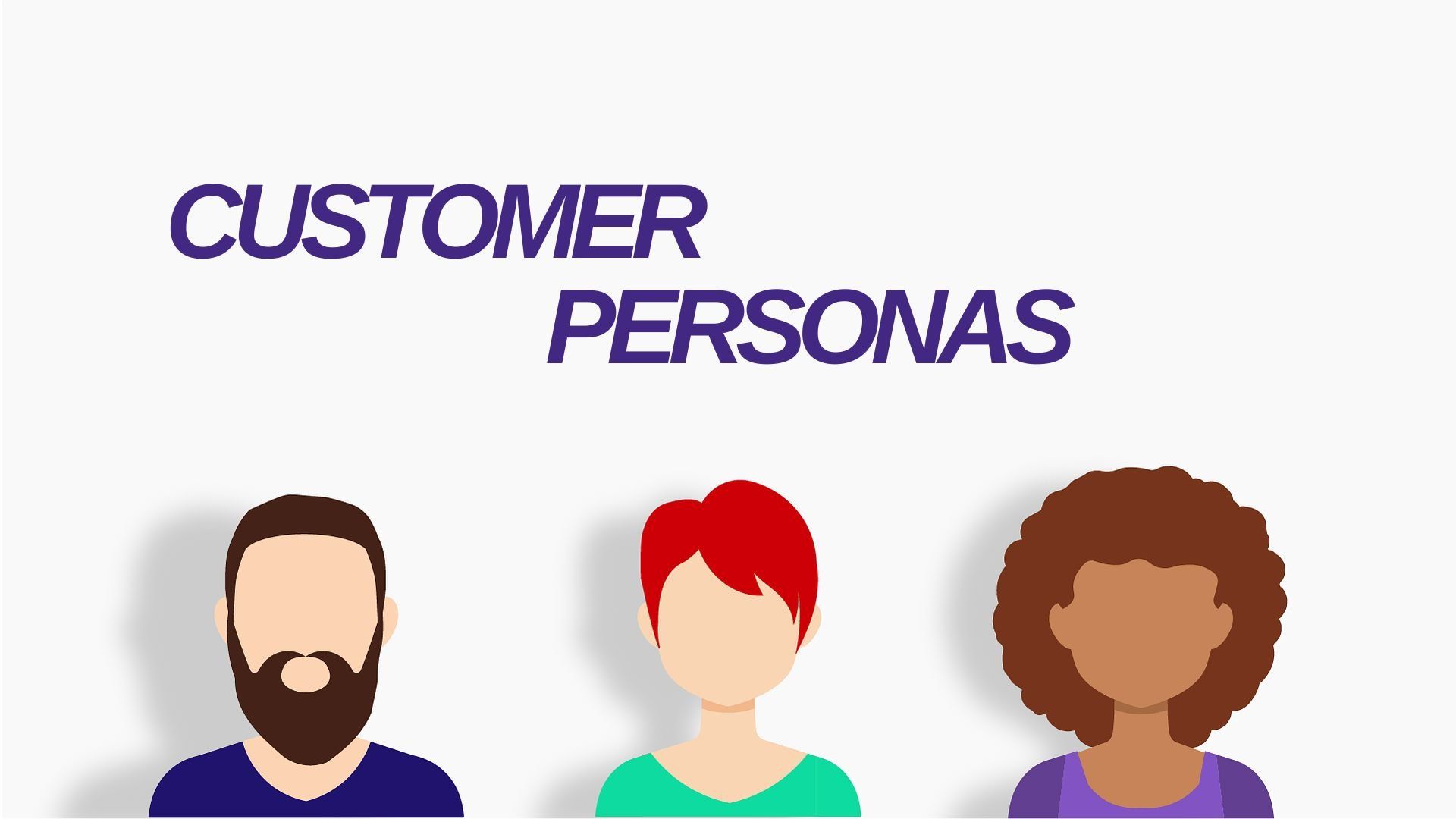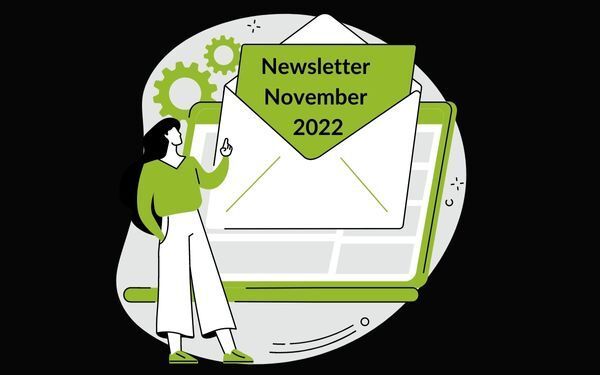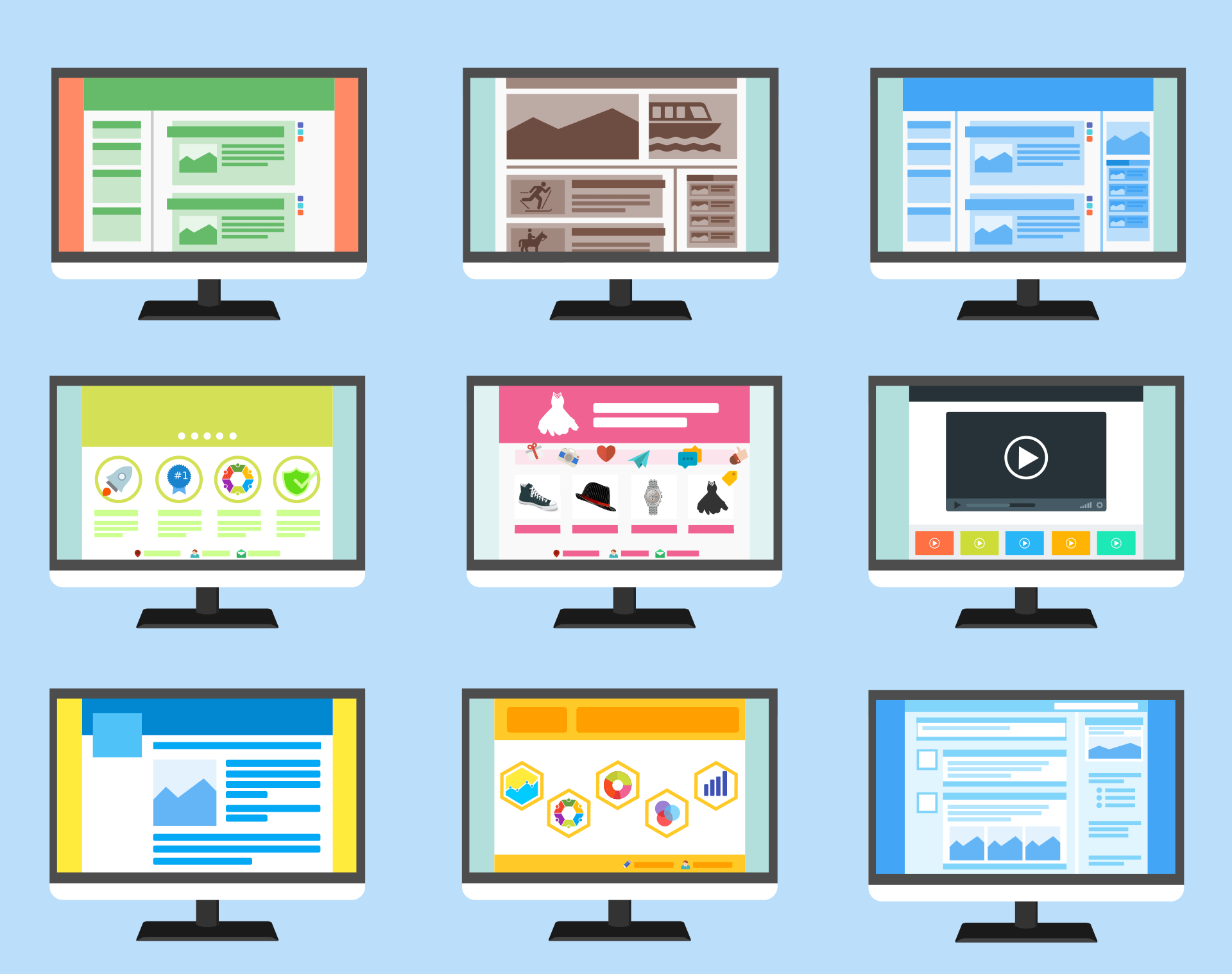How to write website content for your target market

If your website content isn’t targeted to your client base, it’s not going to achieve the conversions and sales you need. Your website copywriting must resonate with your intended audience. They should identify with your content and be compelled to act on it. But how do you achieve this? The answer begins with using customer personas.
What is a customer persona?
A customer persona is like a mini-biography or pen-portrait of your ideal customer. When creating a customer persona, you want to make it as life-like as possible – give your persona a name, a job, a family etc. You must be able to clearly picture your customer, understand what motivates them and what they need from you.
How to create your customer persona
You probably already have a good idea of who buys your products. Even if you’re a new business, you will have done market research to identify the audience for your business…if not, then now is definitely the time to start! When creating a persona, you are writing a profile of a single person who is emblematic or representative of your target customers. You should define your persona’s:
• Name;
• Age;
• Education level;
• Job;
• Employer (business type, size etc);
• Work goals, objectives & challenges;
• Communication preferences; and
• Personal goals and priorities.
You may need to research elements of your audience’s demographic to fully complete a customer persona. It’s important to do this thoroughly as without really understanding your audience, you can’t write for them.
You may need to create a couple of different personas if your products appeal to more than one demographic. However, you should aim for a maximum of three and ideally just one or two. Having too many personas makes it very difficult to write coherently and effectively because your content is being pulled in too many different directions.

Next steps: How to write for your target market (aka your customer personas)
Once you have defined the audience for your website, you have to think about how to write content that is specifically targeted to them. These are your ideal customers, so how will you appeal to them?
1. Think (and act) like your audience
Creating your customer persona will have prompted you to think about what matters to your customers and what their lives are like. But before you start to write for them, it can really pay to dive a little deeper into their world. Check out the social media channels and accounts that interest them and look at the content they’re consuming from competitors or brands they admire. You should also consider if you could learn more about your audience by joining online forums and networks they use or by consuming media (books, tv programmes, magazines, blogs etc) that they enjoy. You’re looking to really understand your customers and answer questions like these about them:
• How do they speak or write online – what language do they use?
• What are their cultural references and influences?
• What do they like and dislike?
• Where do they hang out (online and in person)?
The more you know about your audience the easier it will be to write for them!
2. Identify your audience’s problems and how you can solve them
Too many businesses write content from a corporate perspective. They talk about their company values, product features, track record as a business etc. Most customers don’t care about this or if they do, it’s not until much later in the buyer journey – when they’re close to making a purchase. To capture your audience’s attention early on, your website has to explain how you can solve their problems. What issue in their life frustrates them, costs them money or takes up their time? Once you have defined their problem, you must identify how your products solve it. How does your product make your customer’s life easier, happier, more enjoyable, more profitable or more successful? Once you understand this, you can write content that focuses on how your products will help your customers.

3. Create content that your audience will relate to
Not all audiences are the same. Your customers’ demographics will affect what content they want to consume. Consider age as a differing factor. A HubSpot study asked over 3000 consumers of different age demographics what type of content they wanted to see more of in the future. 65% of 18 to 24-year-olds, wanted to see more video content, whilst 59% of those aged 55+ wanted to see more text-based article content. This one demographic factor completely changes the kind of content output your business should be creating and how you should seek to get your message across. Identify what your audience wants and focus on prioritising that content on your website.
4. Use the right language and tone of voice for your audience
You should write in a way that is relatable to your audience. Don’t try and connect with a youthful and informal audience with stuffy and corporate language. Similarly, if your target customer is a senior professional, then you should write accordingly – use more technical and formal language. Your writing should read as if your ideal customer was speaking the words.
You should also consider the reading age and ability of your audience. The average reading age of the UK population is 9 years old. This means that the average customer will have the reading ability expected of a 9-year-old. If your writing is too complex or technical, with longer words, this may alienate some customers. It’s important to align the readability of your website with your target audience. The Sun newspaper has a reading age of 8 and the Guardian of 14. Each publication adapts its writing level to meet the needs of their customer, and you should do the same on your website. You can use a free online readability tool like Readable to test your work and get a score on its readability.
5. Employ marketing strategies within your written content that target your audience
Different audience demographics are motivated to purchase in different ways. As an example, studies have identified that fear-of-missing-out (FOMO) is a strong motivating factor for millennials. They don’t want to miss out on something that might be time limited (a gig, event, experience etc) or be the only one in a friendship group not to have a certain product. You can use this strategy in your website content by writing in a way that triggers this FOMO response;
e.g.
• Don’t miss this opportunity!
• The new must-have accessory
• Stock is strictly limited

6. Format your content in a way that will appeal to your audience
How you write for your audience is important, but how you present that writing also matters. US digital marketing firm Hoist has identified that its audience is early millennials. To make their written content more appealing to this generation, they break up their content into short, scannable chunks and put the most important information in bold font to attract attention.
7. Track your actual website visitors and adapt your strategy accordingly
Google Analytics can provide you with valuable demographic information on who is visiting your website and purchasing from you. If you notice that your primary audience isn’t matching up with your persona, you should consider adapting your persona and writing more for the audiences actually using your website and business.
Writing for your target market – final thoughts
Making sure that your website content is targeted to your ideal audience will make a huge difference to its success. At all times you’re trying to get into the mind of your customer and write specifically for them. Having a clearly defined customer persona will help with this, but it’s no substitute for real-world observation. Test your website content on users that align with your audience demographics, ask for feedback and if your content isn’t relatable to them, make changes.
Help with writing website copywriting for your target market
We write website copy that is targeted to our customers’ audiences. We understand how to write for different demographics and how to write text that is compelling and engaging. We can help you to identify what types of content your audience will relate to and the language and tone of voice that will work best for them. To find out how we could help you, contact us in Exeter today.




QUICK LINKS
QC Newsletter sign-up
We will get back to you as soon as possible.
Please try again later.
All Rights Reserved | QuayClick Marketing Ltd
We’re a website design and digital marketing agency based in Exeter. We help businesses grow online and have over 20 years of experience in Web Design. We offer several inbound strategies, including paid search and SEO. In addition, our content team can help with copywriting and email campaigns.








